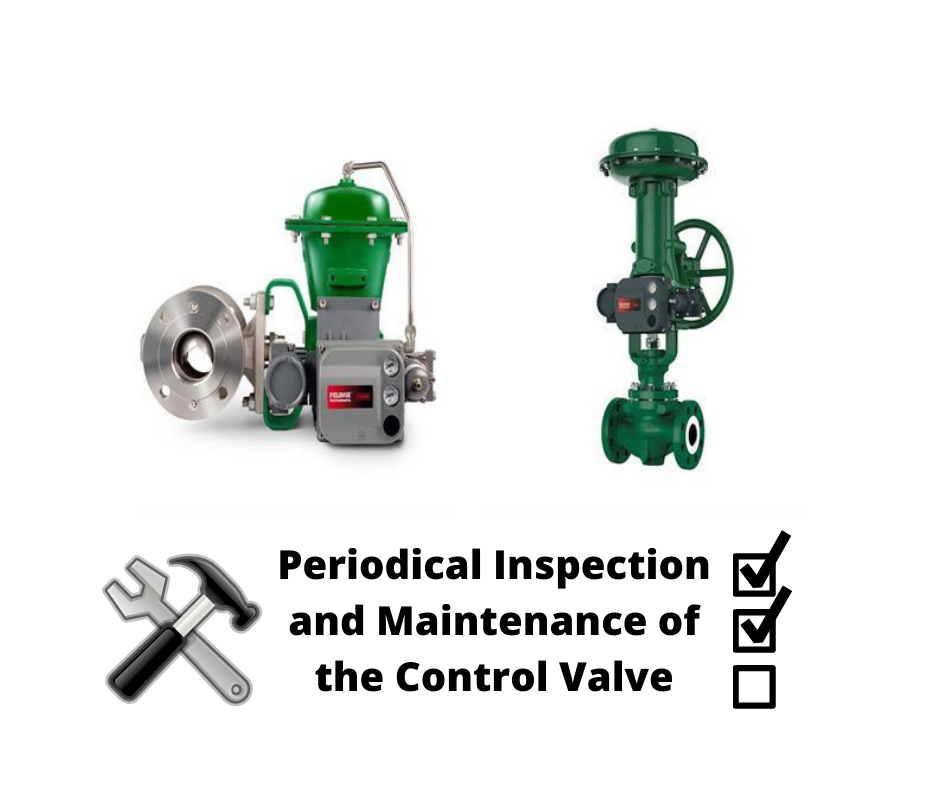How to Do the Periodical Inspection and Maintenance of the Control Valve?
How to Properly Maintain a Control Valve
When asked about maintaining a control valve, most people think of routine inspections and repairs. Unfortunately, many operators tend to overlook regular maintenance until something goes wrong—like when the valve malfunctions or breaks down entirely. By then, the damage may already be severe. To avoid such issues, implementing a proactive approach to control valve maintenance is crucial.Essential Components of Control Valve Preventive Maintenance
Preventive maintenance involves running specific tests and checks to identify potential problems before they escalate into major failures. Below are some key tests conducted during preventive maintenance:- Closure Test/Valve Leakage Test: This test examines whether fluid leaks occur in the valve's sealing areas. Ideally, no leakage should happen when the valve is fully closed under normal operating conditions. Any detected leakage suggests wear and tear or structural changes at the valve seals, which need immediate attention.
- Stroke Test: This evaluates the valve’s ability to function correctly under harsh conditions. A stroke test can either be scheduled periodically or conducted randomly while the valve operates under full flow conditions. During this process, visual inspections help ensure smooth operation and detect anomalies.
- Auxiliary Piping System Inspection: Since control valves are connected to auxiliary piping systems, the integrity of these pipes significantly affects valve performance. Regular inspections of the piping system are vital. These checks include:
- Examining pipe walls for signs of scaling, rust, or cracks
- Evaluating pipe bends for stress-related damage
- Checking for deformities like bending or suction marks in the pipelines
- Ensuring all fittings are securely fastened without loose connections

After completing the aforementioned inspections, there are additional elements that should be assessed as part of a comprehensive control valve maintenance plan. These checks often form part of the standard preventive maintenance guidelines and include:
- Checking the condition of the valve stem and its connection with the stem nut
- Verifying the alignment of the actuator shaft
- Inspecting electrical connections for proper functionality
- Monitoring the expected versus actual operating pressure ranges
- Assessing the overall assembly structure
- Looking for air or liquid leaks through flange joints, bonnets, or pressure boundaries
Related Articles
- Causes and Solutions for Annoying Noise from Control Valves
- Understanding Types and Functions of Industrial Control Valves
- All Your Questions About Control Valves Answered
- Three Common Practices for Maintaining Control Valves
- Everything You Need to Know About Control Valve Benefits, Applications, Types, and Automation
- Selecting the Right Control Valve for Your Process
- Calibration of Control Valve Positioners: A Step-by-Step Guide
- Different Types and Failure Modes of Control Valve Actuators
- Calibration Instructions for Fisher 3582 Pneumatic Positioners
- How to Conduct Periodic Inspections and Maintenance of Control Valves
- Temperature Control Valve: Definition and Operating Principles
- Reasons to Opt for Remanufactured Instrumentation and Control Valves
- Fluid Flow Isolation Techniques for Pressure Instrumentation
- Single Acting vs. Double Acting Positioners: Advantages and Disadvantages
Forged Magnesium Alloy Bar,Magnesium Alloy Forged Bar,Forging Magnesium Alloy Rod,Forging Magnesium Alloy Bar
Luoyang Maige Magnesium Industry Co., Ltd , https://www.maigemagnesium.com